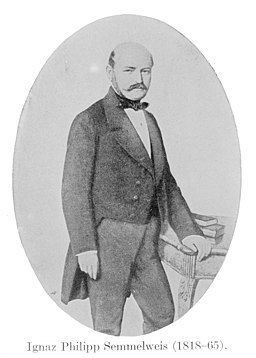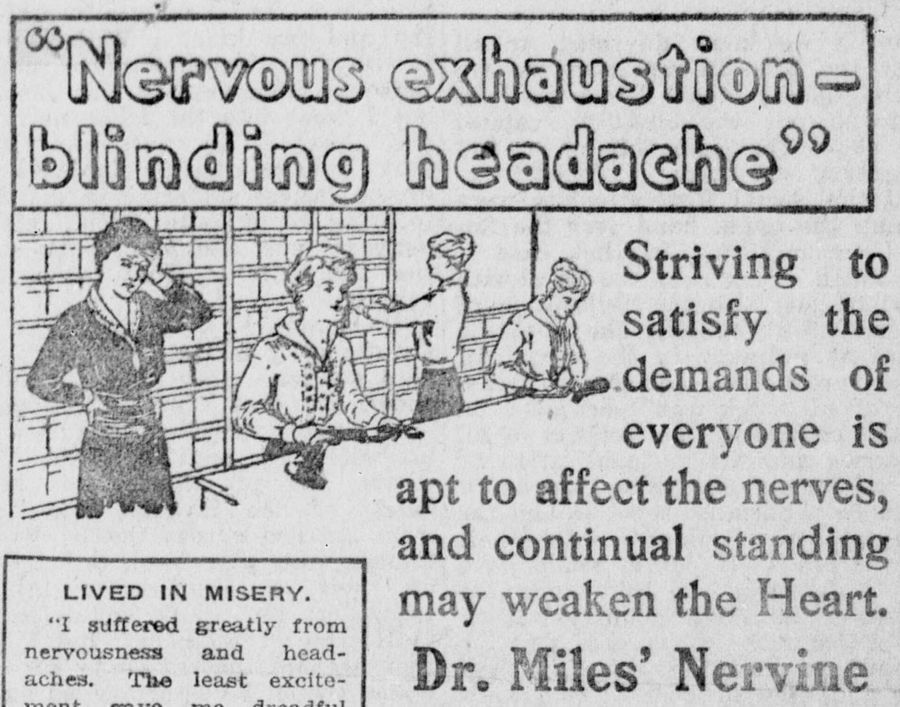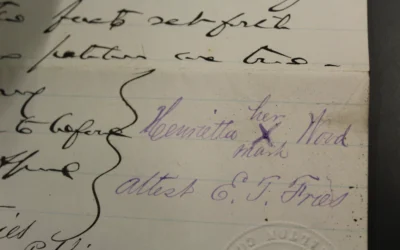Could a baby really die from teething, a woman die from old age, a young lady die from irregular menstruation, or a man die from jaundice? In the 1800s, it was a likelihood. In the Spring 1986 edition of Bluegrass Roots, Dr. David B. Davis, a family researcher and medical doctor from Michigan, discussed the common causes of death.
Don’t Mistake Symptom as Cause
If you see an ancestor who died from jaundice, that seems odd. It is not normally fatal. Dr. David B. Davis agreed.
“Something like jaundice is considered a sign, and an underlying disease or ailment would have brought about the death. In the early days there were no health officers to check on it like we have now.” He continued, “Another example is diarrhea; it may be listed as a cause of death, but it was a condition brought on by a disease which could have been a number of things.”
Dr. Davis, a retired psychologist, has enjoyed genealogy as a hobby for many years. In an interview, he explained many of the old time terms in modern medical language. He told the story that enlightened our historical perspective. He was asked questions about everything from childbed fever to softening of the brain.
“Morphine was well known by 1806 and was therefore used in the Civil War as a painkiller. There were no restrictions on its use and it was easily obtained. As a result, many soldiers became drug addicts.”
A soldier’s death could be attributed to his living conditions. “Inflammatory rheumatism would be called acute rheumatic fever now. It was common during and after the Civil War because the men slept on the ground,” he said.
Childbed Fever From Your Doctor?

A modern savior – Ignaz P Semmelweis [Source: Courtesy of Wikimedia]
Dr. Davis explained what childbed fever meant. “In the early days people weren’t careful about cleanliness; a woman ready to deliver was not washed properly. The doctor would come in from doing some work on another case—it might have been an infectious case like operating on an abscess. He would merely wipe his hands off on a cloth and take care of the woman.”
“When you deliver the baby, you’ve got to work with the placenta; you’ve a hemorrhage going on; you’ve got to take care of all these things and you happen to touch the woman—you transfer the germs to her. She would have a fever within a few days; her temperature would mount and she would become critically ill, “ he continued.
“One of the doctors (Ignaz Semmelweis) in Europe stopped it by saying that anyone who would come up from doing a “autopsy must be carefully cleansed before he went on to deliver a woman. That caused the death rate to go way down.”
Arsenic From Your Local Druggist?
Don’t jump to conclusions about the spouse. Poisoned by arsenic may not mean what you think!
“Before World War II, arsenic was used in sprays on fruit farms. When a man would develop partial paralysis in his arms, he might think he was having problems with his nerves. He would buy from a druggist a preparation called Miles Nervine, which had arsenic in it. By taking it he was actually hastening the disease and ultimately it caused his death.”

Dr. Miles’ Nervine (advertisement) [Source: Courtesy of Wikimedia]
“These are just a few examples of the story that may lie beneath ’cause of death’ as you find it in your research of vital records. They just did not know,” commented Dr. Davis. “Now we can get an accurate description; then they described the cause the best way they knew how.”
Comparing Death Causes Between 1867 and 1980
To show how periods of history compare, one hundred chronological deaths were copied from the Kent County, Michigan, courthouse for the years 1867 and 1980.
- In the 1867 sampling of 100 deaths, twenty-six children under 18 months died compared to 1 in 1980.
- The average age of death in 1867 was 26.8 years compared to 77.4 in 1980.
- In 1867, consumption (tuberculosis) claimed the lives of 18; childhood diseases, 8; childbirth, 4; and typhoid fever, 5. These causes of death were nonexistent in the 1980 sampling.
As a local reference, here are the top five causes of death from the 1860 Mortality Schedule from District 1, Fayette County, Kentucky. Consumption or another disease (typhoid fever, scarlet fever, croup, or diphtheria) killed the majority of people when they knew the cause of death. Five deaths were related to childbirth.
Other Clues to the Cause of Death
If you are uncertain about your ancestor’s death, there are other clues you can use.
- Watch for additional deaths recorded at the same approximate time as the birth being searched. This may give clues to unraveling the past in a given family or community. The Spanish Flu epidemic in 1918-19 claimed the lives of many people around the world.
- Consider the time of year the death occurred. For example, epidemics of poliomyelitis usually occurred during warm months, July to October in the United States, February through April in Australia.
- Use a good dictionary to help you interpret terms. A child whose age read 0-0-1 and died from malo-resentment means that the child was badly or unnaturally presented at birth and died in the process.
With some careful sleuthing, you might be able to determine the cause of death.
Editor’s Notes
Here are some other sites you might find useful in your research:
- Death Was With Them. Genealogy, History, Family History, American South. (tngenweb.org)
- They Died of What? Historic Causes of Death





